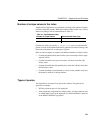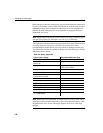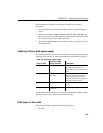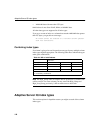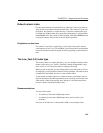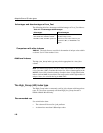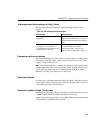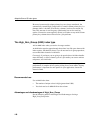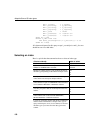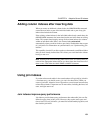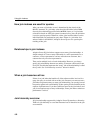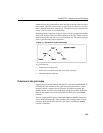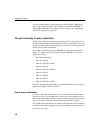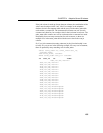
Adaptive Server IQ index types
148
However, because multi-column primary keys are always unenforced, the
automatically created High_Group index for a multi-column primary key is a
phantom index: it includes all of the key columns, but does not contain any
data. This structure is used for query optimization, but not for resolving
queries. You need to create explicitly an
HG (or LF) index on any multi-column
primary key columns that will be used in a join predicate.
The High_Non_Group (HNG) index type
Add an HNG index when you need to do range searches.
An
HNG index requires approximately three times less disk space than an HG
index requires. On that basis alone, if you do not need to do group operations,
use an
HNG index instead of a HG index.
Conversely, if you know you are going to do queries that a
HG index handles
more efficiently, or if the column is part of a join and/or you want to enforce
uniqueness, use a
HG index.
Note Using the HNG index in place of a HG index may seriously degrade
performance of complex ad-hoc queries joining four or more tables. If query
performance is important for such queries in your application, choose
HG
instead of HNG.
Recommended use
Use an HNG index when:
• The number of unique values is high (greater than 1000)
• You don't need to do
GROUP BY on the column
Advantages and disadvantages of High_Non_Group
See the following table for advantages and disadvantages of using a
High_Non_Group index.




